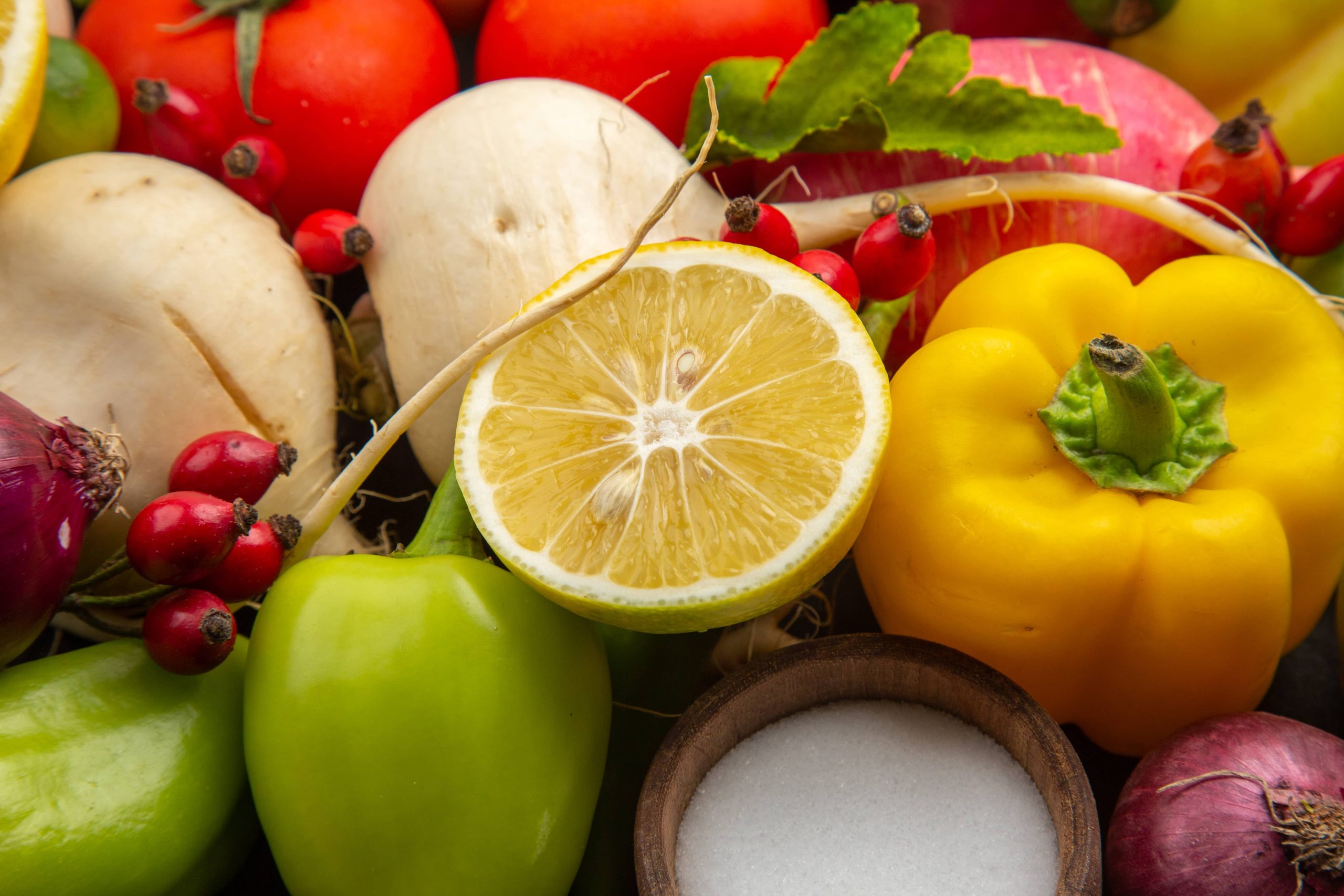
In the ever-evolving world of nutrition and wellness, food journaling has emerged as a powerful tool for individuals seeking to improve their dietary habits and overall health. Traditionally, food journaling involved jotting down meals and snacks in a notebook, but with the advent of technology and a deeper understanding of nutrition, innovative approaches to food journaling have transformed this practice into a dynamic and insightful experience. In this blog post, we will explore some of these innovative approaches and how they can enhance your journey towards better nutrition.
The Evolution of Food Journaling
Food journaling has long been recognized as an effective method for tracking dietary intake, identifying patterns, and making informed dietary choices. However, the traditional pen-and-paper approach had its limitations, such as the potential for inaccuracies and the lack of real-time feedback. Today, technology has revolutionized food journaling, offering a range of digital tools and apps that provide users with a more comprehensive and interactive experience.
Digital Food Journals: A New Era
One of the most significant advancements in food journaling is the development of digital food journals. These apps and platforms allow users to log their meals, track nutritional information, and set personalized goals. With features like barcode scanning, users can quickly input food items and receive detailed nutritional data, including calorie counts, macronutrient breakdowns, and even micronutrient information.
Moreover, digital food journals often come equipped with databases containing thousands of food items, making it easier than ever to track what you eat. Some popular apps even offer integration with fitness trackers, providing a holistic view of your health by combining dietary and physical activity data.
The Role of Artificial Intelligence
Artificial intelligence (AI) has further enhanced the capabilities of food journaling apps. AI-powered features can analyze your dietary patterns, offer personalized recommendations, and even predict potential nutritional deficiencies based on your logged data. For instance, if your journal indicates a lack of vitamin D-rich foods, the app might suggest incorporating more fish or fortified products into your diet.
AI can also assist in meal planning by suggesting recipes that align with your dietary goals and preferences. This not only saves time but also encourages users to explore new and healthy culinary options.
Visual Food Journaling
For those who find traditional logging tedious, visual food journaling offers an innovative alternative. By taking photos of meals and snacks, users can create a visual diary of their dietary habits. This approach not only simplifies the logging process but also provides a more intuitive way to reflect on portion sizes and food choices.
Visual food journaling can be particularly beneficial for individuals who are more visually oriented or those who struggle with portion control. By reviewing photos, users can gain insights into their eating patterns and make adjustments as needed.
Mindful Eating and Food Journaling
Mindful eating is a practice that encourages individuals to be present and fully engaged during meals. Integrating mindful eating principles into food journaling can enhance the overall experience and promote healthier eating habits. By noting not only what you eat but also how you feel before and after meals, you can develop a deeper understanding of your relationship with food.
This approach can help identify emotional triggers for eating, such as stress or boredom, and encourage more intentional food choices. Mindful food journaling can also foster a greater appreciation for the sensory aspects of eating, such as taste, texture, and aroma.
Community and Social Sharing
The social aspect of food journaling has gained popularity, with many apps offering community features that allow users to share their progress, recipes, and tips with others. This sense of community can provide motivation, support, and accountability, making it easier to stay on track with dietary goals.
Participating in online food journaling communities can also expose users to diverse perspectives and ideas, fostering a more inclusive and enriching experience. Whether it’s sharing a new recipe or celebrating a milestone, the social component of food journaling can be a powerful motivator.
Challenges and Considerations
While innovative approaches to food journaling offer numerous benefits, there are also challenges to consider. Privacy concerns may arise when using digital platforms, as personal dietary data is often stored online. It’s essential to choose reputable apps that prioritize user privacy and data security.
Additionally, the accuracy of food databases and AI recommendations can vary, so it’s important to use these tools as a guide rather than a definitive source of nutritional information. Consulting with a registered dietitian or nutritionist can provide personalized guidance and ensure that your dietary choices align with your health goals.
Conclusion
Innovative approaches to food journaling have transformed this practice into a dynamic and insightful tool for improving nutrition and overall well-being. Whether you prefer digital logging, visual journaling, or integrating mindful eating principles, there are numerous options to suit your preferences and lifestyle. By embracing these innovations, you can gain a deeper understanding of your dietary habits, make informed choices, and embark on a journey towards better health.











